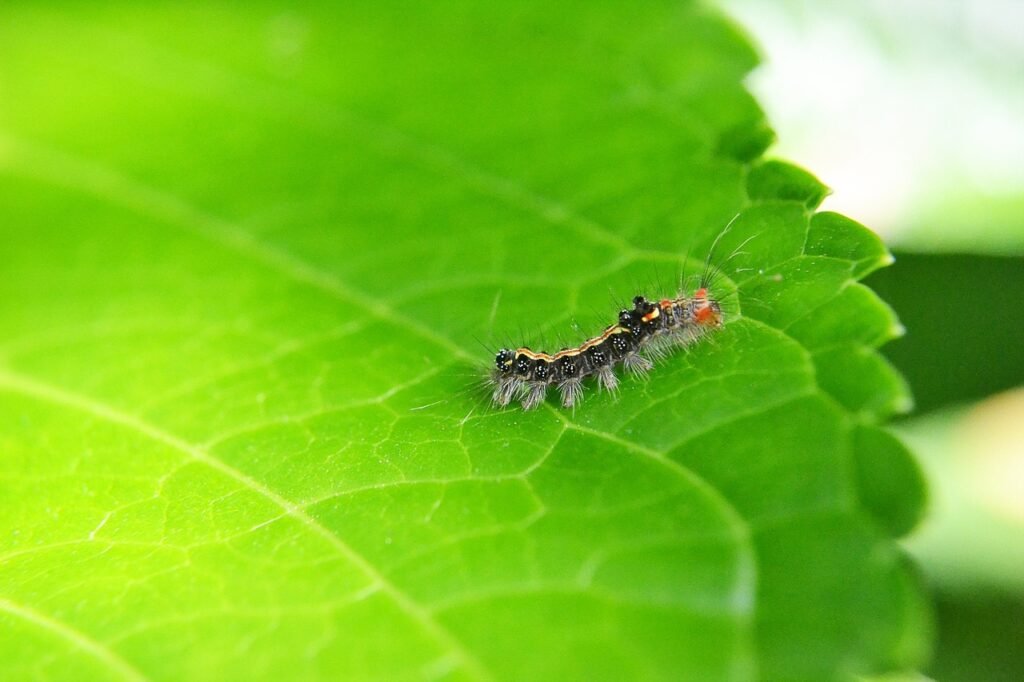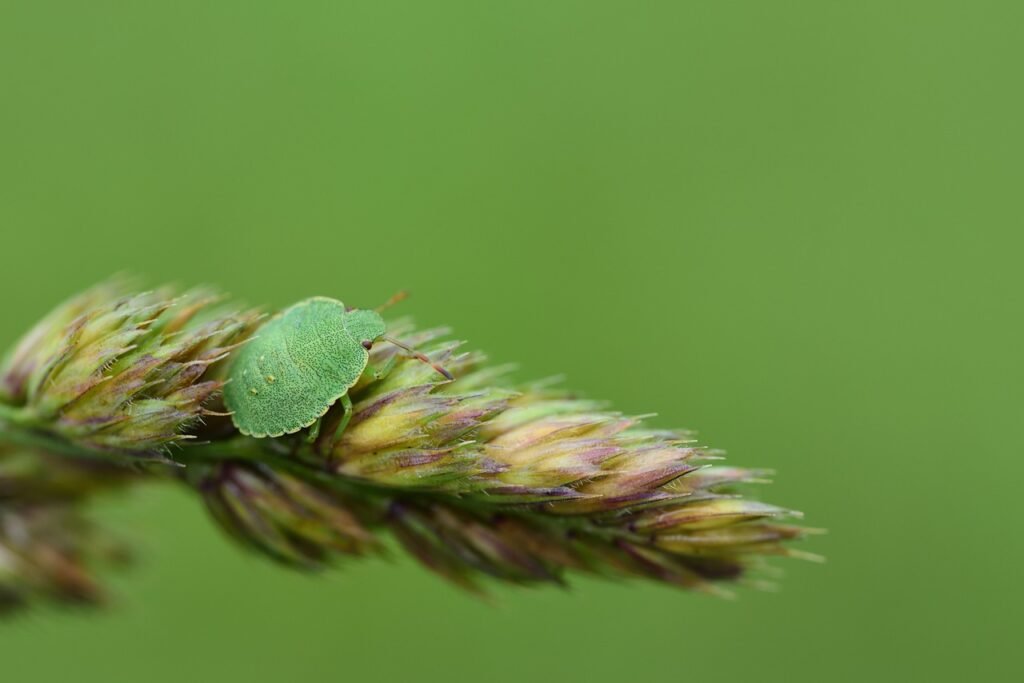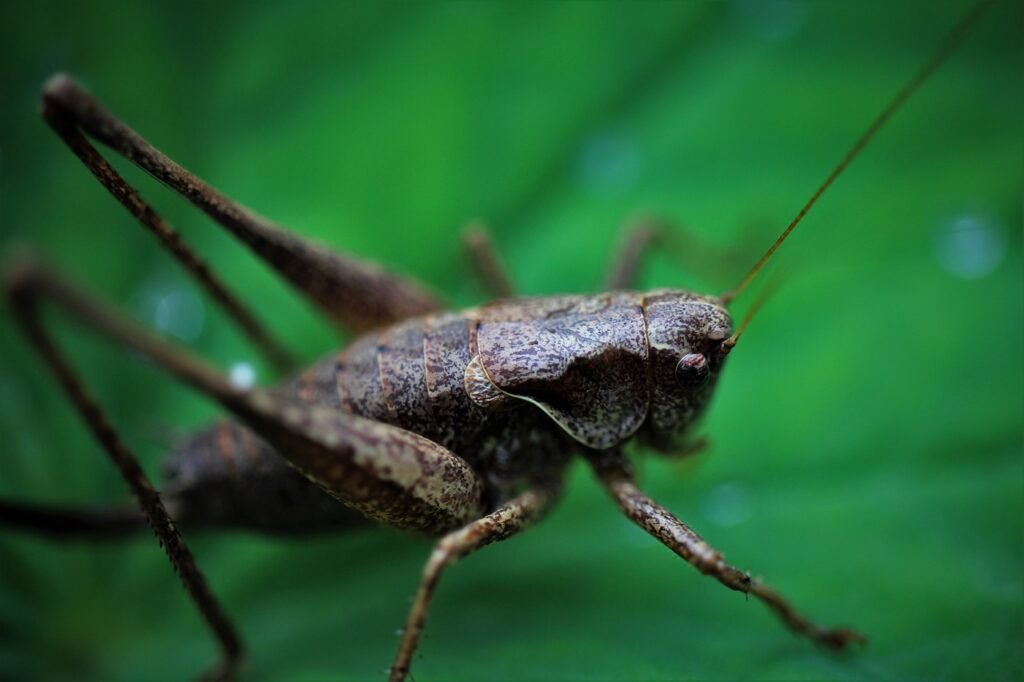If you’re worried about a potential bed bug infestation in your home, knowing where to search for these pests is crucial. Insects that feed on human blood, bed bugs can cause itchy bites and be a nuisance to deal with. But don’t worry, this article will provide you with all the information you need to effectively search for bed bugs. From common hiding spots to helpful tips and techniques, we’ll guide you through the process of identifying and locating these unwelcome guests. So whether you’re a homeowner, a traveler, or simply someone concerned about bed bugs, read on to learn where these pests could be lurking in your surroundings.
Understanding Bed Bugs
Bed bugs are small, parasitic insects that feed on the blood of humans and animals. They are typically brownish-red in color and are about the size of an apple seed. Despite their name, bed bugs can infest various areas of a home, not just beds. They are adept at hiding in cracks and crevices, making them difficult to detect and eliminate.
Life cycle of bed bugs
Understanding the life cycle of bed bugs is essential in effectively combating an infestation. Bed bugs go through several stages in their life cycle: egg, nymph, and adult. Females are capable of laying hundreds of eggs throughout their lifetime, which are often deposited in hiding spots near their food source. The eggs hatch into nymphs, which are smaller versions of adult bed bugs. Nymphs go through five molts before reaching adulthood.
Habits and behavior of bed bugs
Bed bugs are nocturnal creatures, preferring to feed at night when their hosts are asleep. They are attracted to body heat and carbon dioxide, which is why they often target sleeping humans. These pests can live for several months without feeding, making it difficult to starve them out. They can hide in a variety of places, including mattresses, furniture, and even electrical outlets.
Effects of bed bug bites
Bed bug bites can cause a variety of effects on the human body. While some people may not have any reaction to the bites, others may experience redness, swelling, and itchiness. Scratching the bites can lead to secondary infections and scarring. In rare cases, individuals may develop an allergic reaction to bed bug bites, requiring medical attention. It is crucial to address a bed bug infestation promptly to prevent further bites and potential health issues.
Ideal Environments for Bed Bugs
Bed bugs can thrive in various environments throughout a home. Knowing where they are likely to hide can help in detection and prevention efforts.
Bedroom
The bedroom is the most common area for bed bug infestations since these pests are primarily active at night and are attracted to the warmth and carbon dioxide produced by sleeping humans. Check the mattress seams, box spring, and bed frame for signs of bed bugs, such as dark stains or discarded exoskeletons.
Living room
The living room can also be a hot spot for bed bugs, particularly if it contains upholstered furniture. Inspect sofas and chairs thoroughly, paying attention to seams, cushions, and any cracks or crevices where bed bugs could hide.
Kitchen
Although less common, bed bugs can infest kitchens, especially if there are upholstered chairs or sofas nearby. Check pantry shelves, cupboards, and other areas where food is stored for any signs of bed bug activity.
Bathroom
While not as common as other areas, bed bugs can occasionally make their way into bathrooms. Inspect towels, bath mats, and any other fabric items for signs of bed bugs. Pay attention to cracks and crevices where bed bugs could hide.
Outdoor areas
Although bed bugs are primarily indoor pests, they can be brought into outdoor areas on clothing or personal belongings. It’s essential to inspect outdoor furniture, cushions, and any other items that may have been in contact with potential bed bug-infested areas.

This image is property of pixabay.com.
Using a Torch or Flashlight to search for Bed Bugs
When searching for bed bugs, proper lighting is essential to spot these elusive pests.
The importance of light when searching
Bed bugs are experts at hiding in cracks and crevices, making them difficult to detect with the naked eye. By using a torch or flashlight, you can illuminate these hiding spots and increase the chances of finding bed bugs.
How to properly use a flashlight
When using a flashlight to search for bed bugs, it’s crucial to follow a systematic approach. Begin by turning off all other lights in the room to create a dark environment. Then, shine the flashlight into tight spaces, such as mattress seams, furniture crevices, and baseboards. Move the light slowly and methodically to ensure full coverage of the area.
What bed bugs look like under light
Under a flashlight or torchlight, bed bugs can appear as small, reddish-brown insects. They have flattened bodies, allowing them to fit into tight spaces. Adult bed bugs typically measure around 5-7 millimeters in length, while nymphs are smaller and translucent. Be on the lookout for any movement or signs of bed bug activity, such as eggs or fecal stains.
Inspecting Your Bed for Bed Bugs
Since bed bugs are named after their affinity for mattresses, it’s crucial to thoroughly inspect your bed for any signs of an infestation.
Inspecting the mattress and box spring
Start by removing all bedding and thoroughly examining the mattress and box spring. Look for any dark stains, which may be indicative of bed bug fecal matter. Pay close attention to the seams, tufts, and any other small crevices where bed bugs could hide. Use a flashlight to illuminate these areas and carefully inspect for any signs of bed bug activity.
Checking the bed frame and headboard
Next, move on to the bed frame and headboard. Bed bugs can hide in cracks, screw holes, and other crevices in the frame. Remove any screws or hardware if necessary to access these hiding spots. Inspect the headboard thoroughly, paying particular attention to any fabric or upholstered areas.
Search the bedding and pillows
Don’t forget to check all bedding, including sheets, pillowcases, and blankets. Although bed bugs prefer to hide in crevices, they can also burrow into fabric materials. Inspect the sheets for any dark spots or bloodstains, which could indicate bed bug activity. It’s also a good idea to inspect pillows, paying attention to seams and any cracks or crevices.

This image is property of pixabay.com.
Checking Furniture for Bed Bugs
Bed bugs can infest furniture throughout a home, not just in the bedroom. It’s essential to inspect all furniture thoroughly to prevent a widespread infestation.
Inspecting sofas and chairs
Upholstered furniture, such as sofas and chairs, is particularly susceptible to bed bug infestations. Carefully remove all cushions and inspect the seams, tufts, and any cracks or crevices in the furniture. Use a flashlight to illuminate these areas and look for any signs of bed bugs, such as dark stains or shed exoskeletons.
Checking drawers and shelves
Bed bugs can hide in drawers and shelves, especially if they are close to a potential food source, such as a bed or couch. Empty out the drawers and thoroughly inspect them, paying attention to corners, cracks, and crevices. Remove any linings or papers that could be hiding bed bugs. Similarly, inspect shelves and any other storage areas for signs of bed bug activity.
The presence of bed bugs in desks and tables
Even desks and tables can become hiding spots for bed bugs. Pay close attention to any crevices or cracks in these pieces of furniture, as well as any upholstered areas. Check underneath the desk or table as well, as bed bugs may hide in the recesses or joints of the furniture. Don’t forget to inspect all drawers and any papers or files stored within them.
Searching Your Clothing for Bed Bugs
Bed bugs can easily hitch a ride on clothing and infest your wardrobe. Regularly inspecting clothing for signs of bed bugs is crucial in preventing a widespread infestation.
Inspecting your wardrobe
Start by thoroughly examining your wardrobe for any signs of bed bugs. Look for dark stains or shed exoskeletons on clothing items and in the corners of your wardrobe. Pay attention to seams, folds, and pockets where bed bugs could hide. If you spot any signs of bed bug activity, it’s essential to take immediate action to prevent the infestation from spreading.
Looking for bed bugs in laundry bins
Bed bugs can also hide in laundry bins or hampers, waiting for an opportunity to infest clean clothing. Regularly inspect your laundry bins for any signs of bed bugs, such as dark stains or shed exoskeletons. Consider using a flashlight to illuminate the inside of the bin and thoroughly inspecting all crevices and corners.
Testing clean clothes for bed bugs
Even clean clothes can harbor bed bugs that may have hitched a ride from an infested area. Before putting on freshly laundered clothing, take a moment to inspect them for any signs of bed bugs. Shake out each garment and check for any dark stains or shed exoskeletons. Pay particular attention to seams, cuffs, and collars, as bed bugs are known to hide in these areas.

This image is property of pixabay.com.
Investigating Other Items for Bed Bugs
Bed bugs can hide in a variety of everyday items, making it crucial to inspect them regularly to prevent infestations from spreading.
Checking luggage and bags
Luggage and bags are common vectors for transporting bed bugs from one location to another. Before and after traveling, thoroughly inspect your luggage for any signs of bed bugs. Pay attention to corners, seams, and any other cracks or crevices. If you suspect bed bug activity, consider washing and drying your clothing on high heat to kill any potential hitchhikers.
Inspecting personal items like books and toys
Bed bugs can hide in personal items such as books, toys, and electronics. Take the time to inspect these items regularly, particularly if they have been stored or used in an infested area. Look for any signs of bed bugs, such as dark stains or shed exoskeletons. Consider vacuuming or wiping down these items to remove any potential bed bug hitchhikers.
Prospective bed bugs hotspots in electronics
While bed bugs are not known to infest electronics directly, they can use these devices as hiding spots. Inspect electronics, such as alarm clocks, gaming consoles, and televisions for any signs of bed bug activity. Pay attention to cracks, crevices, and any areas where bed bugs could potentially hide. If necessary, use compressed air or a vacuum cleaner to remove any debris or potential bed bug eggs.
Using Bed Bug Detection Tools
Various tools and methods can help in the detection of bed bugs, making it easier to identify and eliminate infestations.
The effectiveness of bed bug sniffing dogs
Bed bug sniffing dogs are specially trained to detect the scent of bed bugs, making them highly effective in pinpointing infestations. These dogs undergo rigorous training to identify the distinct odor produced by bed bugs. When working with a bed bug sniffing dog, follow their cues and recommendations for further inspection and treatment of the affected areas.
How bed bug detection kits work
Bed bug detection kits utilize attractants, such as carbon dioxide or heat, to lure bed bugs into traps. These traps are designed to catch and contain bed bugs, making it easier to confirm an infestation. Place the detection kits in areas prone to bed bug activity, such as the baseboards or near furniture. Regularly check the traps for any signs of bed bug activity.
The benefits of bed bug traps
Bed bug traps can be an effective tool in both detection and control of bed bug infestations. They can be placed under furniture legs or along baseboards to catch bed bugs as they travel. By trapping bed bugs, these devices can help monitor the extent of an infestation and inform treatment efforts. Regularly inspect and replace the traps as needed.

Preventing Further Bed Bug Infestations
Taking proactive measures to prevent bed bug infestations is key in maintaining a pest-free home.
Implementing regular cleaning routines
Regular cleaning routines can help reduce the likelihood of bed bug infestations. Vacuum mattresses, furniture, and other potential hiding spots regularly to remove any bed bugs or eggs. Wash bedding and clothing on high heat to kill any potential hitchhikers. Keep clutter to a minimum, as bed bugs can hide in piles of items.
Using bed bug repellents
While there are various bed bug repellents on the market, their efficacy is often questionable. Some repellents may provide short-term relief but are not a long-term solution for preventing infestations. It’s best to focus on prevention methods, such as regular inspections and cleanliness, rather than relying solely on repellents.
Hiring professional pest control services if necessary
If you suspect or confirm a bed bug infestation, it’s best to seek professional pest control services. Bed bugs can be challenging to eliminate, and professional exterminators have the knowledge and tools necessary to effectively eradicate them. They can assess the extent of the infestation and implement the appropriate treatment methods to eliminate bed bugs from your home.
Dealing with Bed Bug Bites
If you are unlucky enough to experience bed bug bites, there are steps you can take to alleviate the discomfort and prevent further issues.
Treating bed bug bites at home
For mild bed bug bites, home remedies can often provide relief. Clean the affected area with mild soap and water to reduce the risk of infection. Apply a cold compress or ice pack to reduce swelling and itching. Over-the-counter antihistamines and topical creams can also help alleviate symptoms. Avoid scratching the bites to prevent secondary infections.
When to see a doctor for bed bug bites
In some cases, bed bug bites may require medical attention. If you experience severe allergic reactions, such as difficulty breathing or swelling of the face, seek immediate medical attention. Additionally, if the bites become infected or show signs of worsening, consult a healthcare professional. They can prescribe stronger medications or treatments to alleviate symptoms and promote healing.
Coping with the psychological effects of bed bugs
Bed bug infestations can take a toll on one’s mental health, leading to anxiety, stress, and a sense of unease. It’s important to seek support from friends, family, or mental health professionals to cope with the emotional aftermath of a bed bug infestation. Remember that bed bugs are a common issue that can happen to anyone and that proper treatment and prevention can help in overcoming the infestation.
In conclusion, understanding bed bugs, their behavior, and ideal environments is crucial in effectively detecting and preventing infestations. By regularly inspecting key areas, such as your bed, furniture, clothing, and other items, you can stay vigilant and take appropriate measures if bed bugs are present. Implementing preventive measures, such as regular cleaning routines and seeking professional pest control services when necessary, can help maintain a bed bug-free home. And if you do experience bed bug bites, remember to treat them at home and seek medical attention if needed. By being proactive and informed, you can effectively deal with bed bug infestations and minimize their impact on your life.



